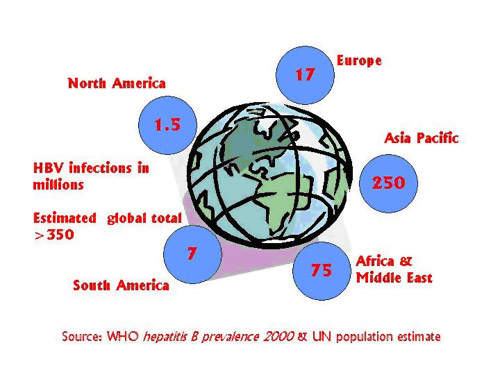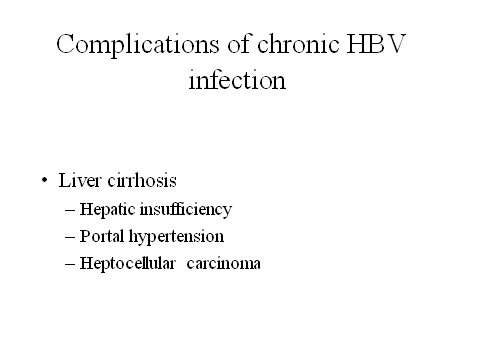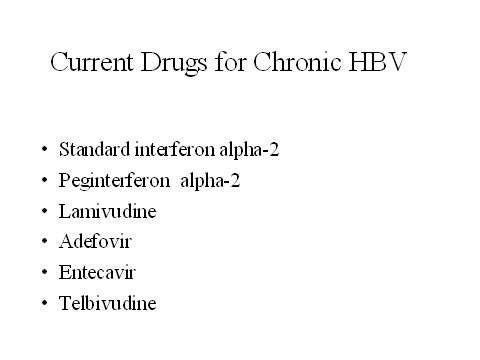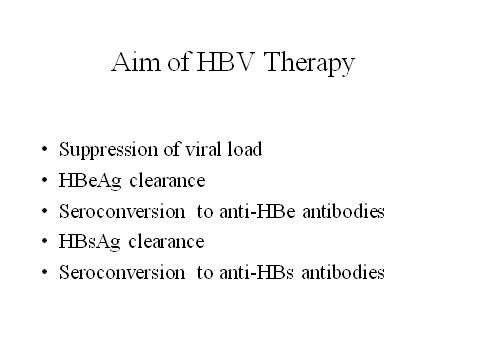In partnership with Novartis Pharma, Idenix Pharmaceuticals is developing valtorcitabine (L-deoxycytidine) as part of a fixed-dose combination therapy with telbivudine for the treatment of chronic hepatitis B virus (HBV) infection. Like telbivudine, valtorcitabine is a highly specific and selective inhibitor of HBV replication in vitro. It specifically targets HBV DNA polymerase without inhibiting human cellular polymerases.
Valtorcitabine is still in early-stage development, where it is being investigated in proof-of-concept trials in combination with telbivudine. Preclinical studies have shown the drugs act synergistically in inhibiting HBV replication and thus support the development of the two drugs in combination therapy.
THE BURDEN OF CHRONIC HBV INFECTION
HBV, sometimes termed serum hepatitis, is one of several viruses that can cause infectious hepatitis, a disease of the liver. Among the most common infectious diseases in the world, HBV is transmitted through contact with infected blood and other body fluids as well as from mother to child. Chronic HBV infection develops when the host immune response fails to eradicate the primary infection.
Estimates suggest that worldwide 350–400 million people have chronic HBV infection, placing them at increased risk of liver cirrhosis (scarring), hepatocellular carcinoma (liver cancer), liver failure and death. Prevalence is particularly high in Asia: China alone accounts for about one third of all cases of chronic HBV infection.
While active immunisation against HBV infection is effective in preventing a primary infection, it is of no effect once HBV infection becomes established. Currently, over a million deaths occur annually from HBV-related chronic liver disease.
PHASE I TRIAL SUPPORTS VALTORCITABINE EFFICACY
The initial efficacy and safety of valtorcitabine was demonstrated in a phase I randomised, double-blind, placebo-controlled dose escalation study, in which valtorcitabine (50–1,200mg/day) was administered orally once daily for four weeks to chronic HBeAg positive HBV patients. Over the 12-week follow-up period, treatment with valtorcitabine produced marked, dose-dependent reductions in HBV-DNA (viral load). At a dose of 900mg/day, valtorcitabine achieved a 99.9% reduction in viral
load.
Treatment with valtorcitabine was well tolerated by HBV patients in this study, with a safety profile comparable to placebo.
Based on these early clinical findings, studies are now underway to explore the clinical benefits of combining valtorcitabine with telbivudine with the aim of developing an effective fixed-dose combination regimen for patients unable to achieve an optimal therapeutic response with single-agent therapy. A 12-month phase II trial is underway to compare the effects of telbivudine 600mg/day with telbivudine 600mg plus valtorcitabine 900mg/day in compensated HBeAg positive HBV patients with high
viral loads.
EXPANDING TREATMENT OPTIONS FOR CHRONIC HBV
Current treatments for chronic HBV infection include injectable interferon-alpha, which has been available for more than a decade. More recently, treatment has expanded to include the nucleotide analogues, orally administered drugs that directly inhibit HBV replication. They include lamivudine, adefovir, entecavir and, most recently, telbivudine.
Although effective in a high proportion of patients, and generally well tolerated, drug resistance is a problem, leading to viral breakthrough and increased risk of liver disease. Of the available drugs, lamivudine has the least favourable resistance profile; up to 70% of patients develop resistance within three to four years of treatment.
Despite important advances in treatment, chronic HBV infection remains an area of significant unmet clinical need. The search continues to develop drugs with increased antiviral potency, good tolerability and reduced propensity to induce resistance.
In addition to the potential to improve treatment outcome, combination therapy may also help reduce the risk of drug resistance.
MARKETING COMMENTARY
The advent of oral nucleotide analogues represents an important advance in the treatment of chronic HBV infection, a disease that affects about 5% of the world’s population. Significant opportunities exist in the HBV market for more drugs of this and other classes that can offer greater viral suppression, are well tolerated, and slower to induce resistance.
Longer-term the market for HBV therapies is expected to evolve towards the use of combination therapies, analogous to the use of HAART in HIV infection. If clinical trials prove successful, fixed-dose combination therapy with telbivudine and valtorcitabine may help to bridge current treatment gaps.











